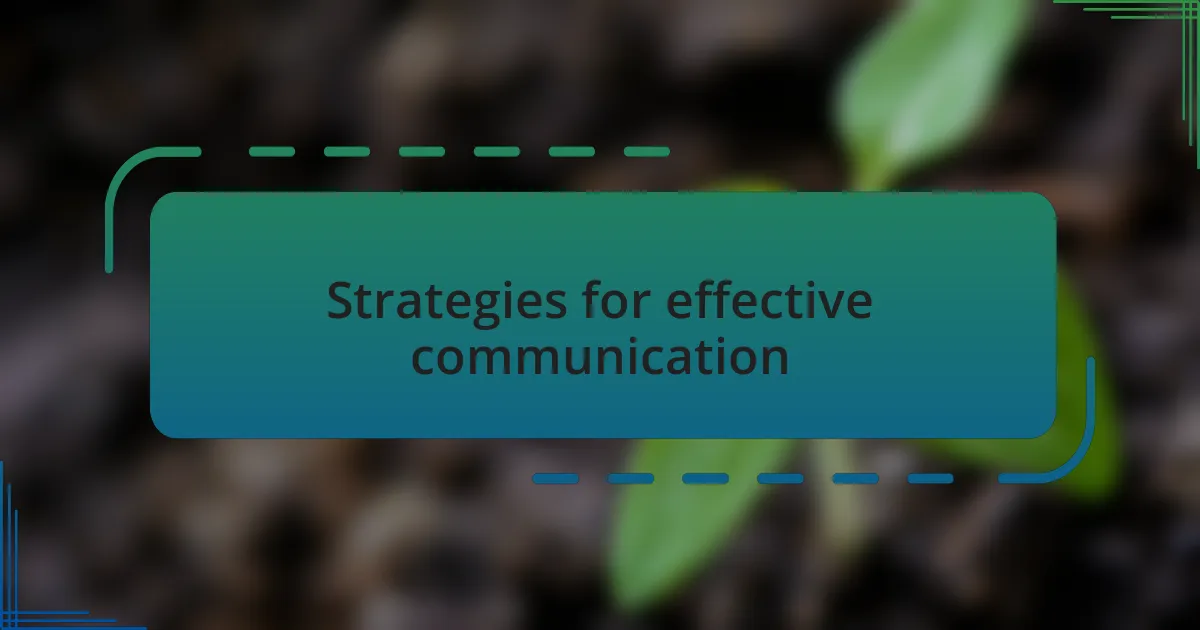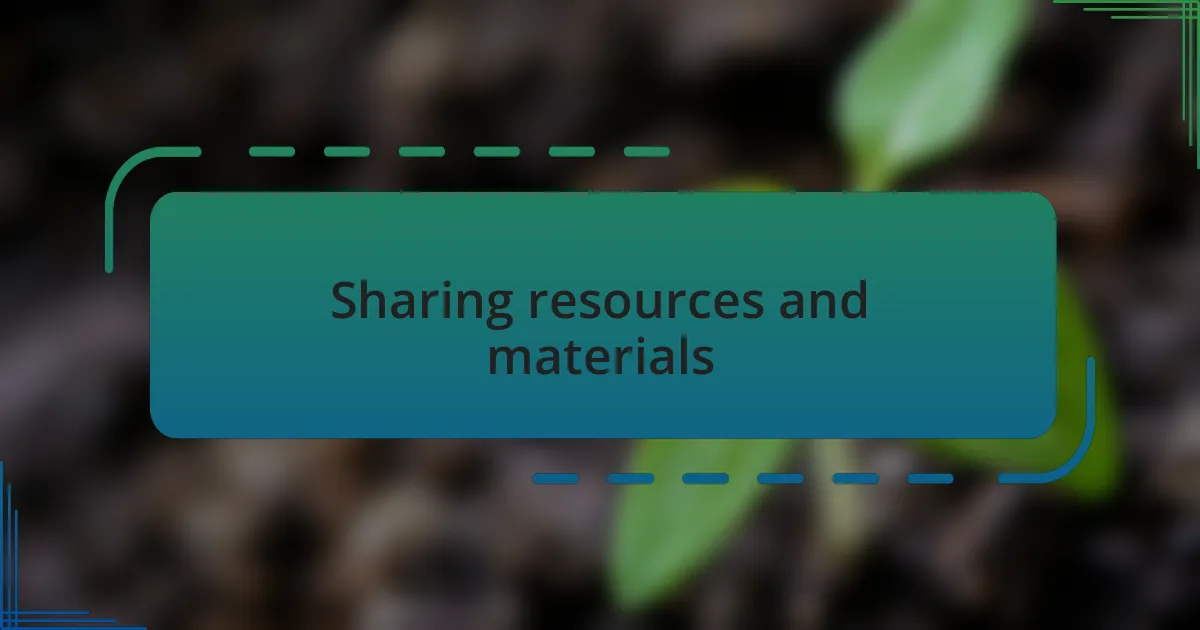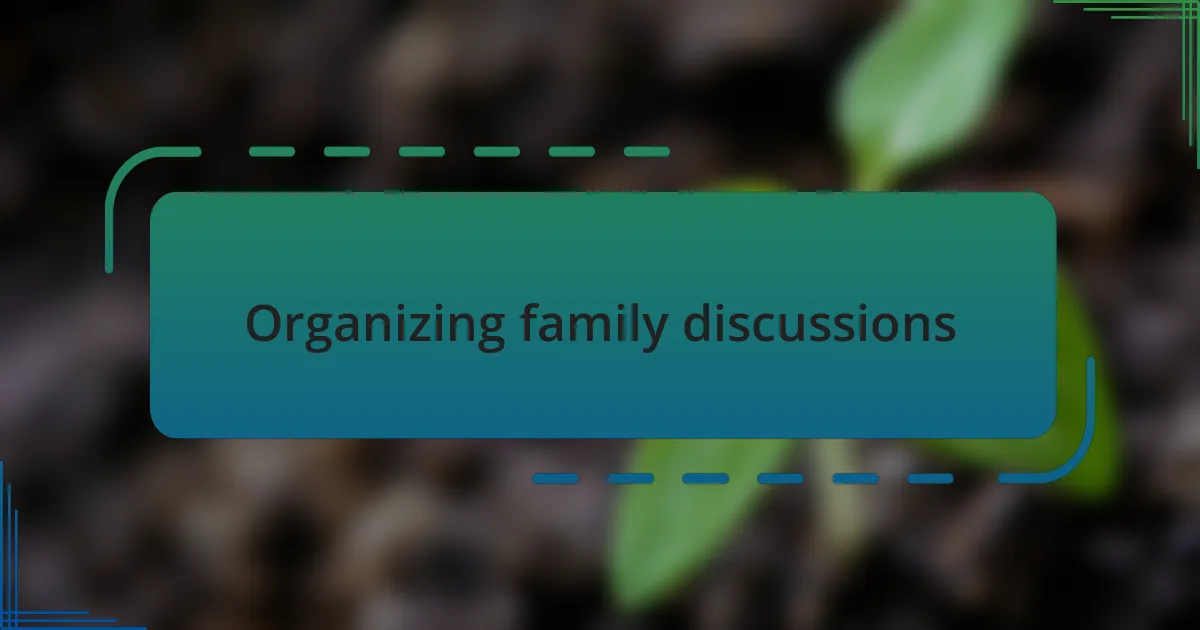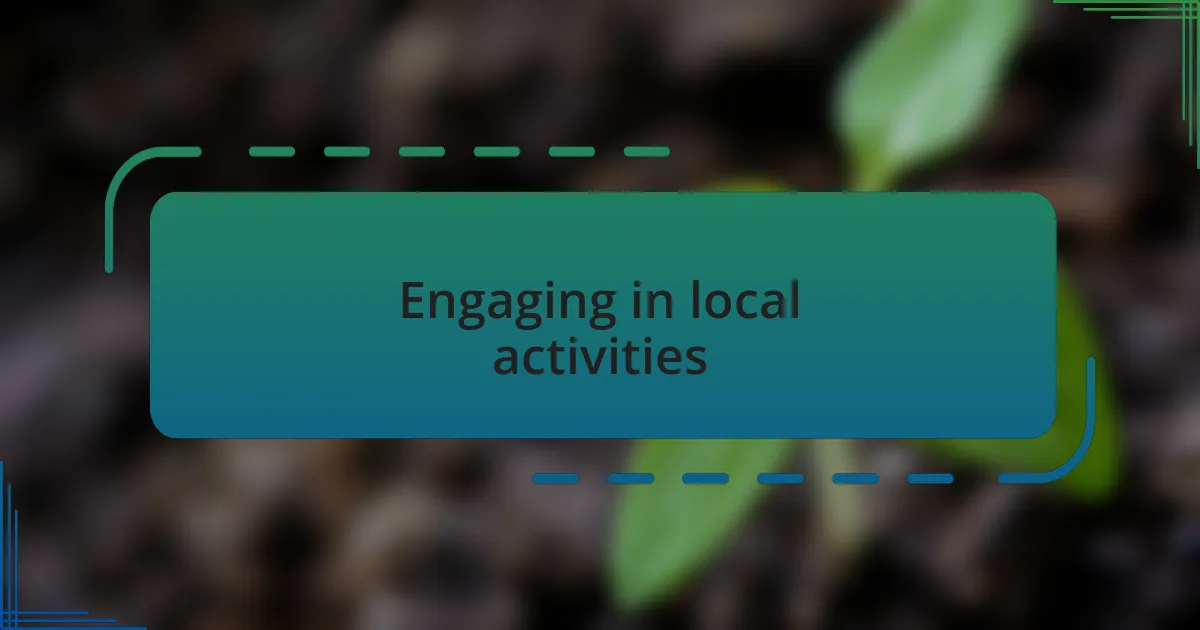Key takeaways:
- Recognizing the personal impact of climate change can shift perspectives, making the issue more relatable and urgent for families.
- Educating family members about climate issues fosters stronger bonds and encourages collective action, such as changing dietary habits and starting home gardens.
- Engaging in local activities, like tree planting and community clean-ups, deepens understanding and motivates families to take personal responsibility for climate action.
- Incorporating playful challenges and regular discussions helps make sustainability a shared goal, leading to meaningful lifestyle changes.

Understanding climate action importance
Understanding the importance of climate action is crucial for our collective future, and I remember the moment it truly hit me. As I stood in front of a local mural depicting the effects of climate change, I was struck by the faces painted there—representing not just statistics but real people. How can we ignore their stories and the challenges they face?
When I began discussing climate action with my family, I realized that many viewed it as a distant or abstract issue. But I shared with them my experience of seeing the skies in California choked by wildfire smoke—an event that changed my understanding completely. Can we afford to be indifferent when our homes and health are on the line?
Delving into climate action opens up various aspects of our lives. I often ask myself how many ways our choices can impact the planet, from the food we eat to our daily commutes. It’s a lot, isn’t it? By recognizing our individual and collective responsibility, we start to see that taking action is not just important; it’s imperative for both present and future generations.

Benefits of educating family
Educating my family about climate issues has led to more conscious decisions in our everyday lives. For instance, after a simple discussion about the carbon footprint of our diet, we collectively decided to reduce our meat consumption. I never anticipated how much excitement a family would have over plant-based meals—it turned dinner time into an opportunity for creativity and experimentation.
One unexpected benefit of this education was how it fostered stronger connections among us. When my children took the initiative to start a small garden, I felt a surge of pride. Watching them nurture plants while discussing the importance of local food felt more impactful than any textbook lesson. Isn’t it amazing how learning can turn into an experience that strengthens family bonds?
The ripple effects of our climate conversations have extended beyond our household. Friends and neighbors noticed the changes and became curious. I share stories of our transformation, which sparks discussions that extend the knowledge further. Isn’t it rewarding to realize that educating my family not only benefits us but can inspire others to reflect on their own choices?

Strategies for effective communication
One of the most effective strategies I found in communicating climate issues to my family was to use relatable examples. For instance, rather than bombarding them with data, I shared a story about how a local farmer’s market supports the community and reduces transportation emissions. Seeing the tangible benefits helped my family connect emotionally with the idea, making them more receptive and eager to engage in discussions.
A pivotal moment for me was when I discovered the power of storytelling. I recounted a trip we had taken to a pristine beach, only to learn months later about the plastic pollution harming that environment. Sharing my personal experiences not only sparked curiosity but also created a sense of urgency to act. How many memories do we cherish that could be adversely affected by climate change? This realization prompted deeper conversations around stewardship and responsibility.
Finally, I realized that listening can be just as vital as speaking. Engaging my family in conversations and asking for their opinions turned discussions into a two-way street. I remember sitting around the dinner table, asking what they think about climate change solutions, and the responses surprised me. It’s amazing how giving each person a voice encouraged a more thoughtful approach to the issues, don’t you think?

Sharing resources and materials
Sharing resources and materials played a transformative role in our family discussions about climate change. I began by curating a selection of engaging documentaries and articles that shed light on the impact of our choices. One evening, we all watched a docuseries that followed families around the globe tackling climate-related challenges. Seeing diverse perspectives made a lasting impression—can you imagine how that broadened our understanding of climate urgency?
I also turned to my favorite climate blogs, sharing posts that resonated with me. Once, I stumbled across a compelling piece about the benefits of urban gardening. I printed it out and handed it to my family during a meal, sparking a lively conversation we didn’t expect. It was fascinating to see how a simple article could ignite enthusiasm for sustainability—who would have thought a few paragraphs could lead to planting herbs on our balcony?
Moreover, I found that showcasing local initiatives significantly enriched our conversations. Attending a community workshop on renewable energy was an eye-opener for all of us. We learned not just facts but also met neighbors actively working toward making a difference. Have you ever been inspired by your community’s action? It’s incredible how sharing tangible local efforts fosters a sense of belonging and accountability towards our climate goals.

Organizing family discussions
Creating a space for family discussions about climate change can be a powerful catalyst for change. I remember the first time we sat around the dining table, casually bringing the topic up after dinner. The atmosphere shifted right away; it felt like unveiling a new perspective. We all had something to say, and that openness sparked enthusiasm. Have you ever realized how a casual setting can make even serious issues feel approachable?
To keep the momentum going, I made it a point to schedule regular discussions, treating them almost like family meetings. One Saturday, I decided we’d focus on climate solutions and the role of individual actions. The kids showed curiosity and raised questions I hadn’t anticipated. “If we reduce our waste, how much difference can we really make?” They asked, which led to an engaging conversation about waste reduction strategies. It was eye-opening to witness their genuine interest and commitment to learning more about how they could contribute positively.
Moreover, I found that incorporating activities into our discussions made them even more impactful. One weekend, we organized a mini-debate, with each family member representing a different viewpoint on climate action. This approach not only deepened our understanding but also encouraged respect for differing opinions. I was amazed at how much they engaged; it created a dynamic space for exploration and even some laughter. Have you ever thought about how debates can stimulate critical thinking? It certainly transformed our family discussions into something both educational and fun.

Engaging in local activities
Engaging in local activities can truly enhance a family’s understanding of climate change. I recall when our community organized a tree-planting event. I was surprised by how energized my kids were, excitedly digging holes and learning about the importance of trees in carbon sequestration. Isn’t it fascinating how hands-on experiences can leave a lasting impression?
Another memorable experience was participating in a local clean-up day at the nearby beach. I could sense a shift in my family’s perspective as they realized the impact of litter on marine life. Seeing their reactions—both concern and determination—made me reflect on how directly engaging with our environment can be a great motivator. Have you ever noticed how physical involvement can deepen one’s connection to an issue?
Moreover, I encouraged my family to join local environmental groups. At first, I was met with some reluctance, but after attending a gathering together, their enthusiasm soared. They met like-minded peers and realized they weren’t alone in their concerns. It was heartening to see how being part of a community spurred them on to take more personal responsibility. Have you ever thought about the power of community support in fostering change?

Encouraging sustainable lifestyle changes
Making sustainable lifestyle changes can often feel daunting, but I found that small steps can lead to significant impacts. One evening, I introduced meatless Mondays to our family dinners, emphasizing the environmental benefits of reducing meat consumption. At first, it was met with a few groans. However, as we explored new vegetarian recipes together, I saw my family become not just more willing, but genuinely excited to try this change. Isn’t it interesting how a simple meal can spark curiosity and open up a dialogue about our food choices?
I also took the initiative to set up a family challenge: who could reduce their water usage the most in a month? I was pleasantly surprised by the competitive spirit that emerged, with my children tracking their progress and coming up with creative solutions. One moment that stood out was when my youngest suggested gathering rainwater for our garden. Watching him take pride in his contribution stirred something within me—it’s incredible how children can inspire adults to think differently. Don’t you think that playful challenges can transform our approach to sustainability?
Lastly, our family decided to invest in reusable products together. When we swapped out plastic bags and bottles for their reusable counterparts, I noticed a shift in our mindset. Each time we chose sustainability, it became a reinforcing cycle of commitment. They started to reminisce about our past habits and how much we’ve grown, bringing a sense of accomplishment. Isn’t it empowering to witness your family evolve into eco-conscious individuals?